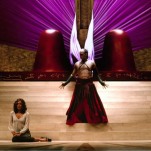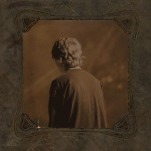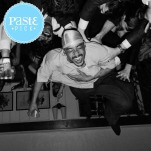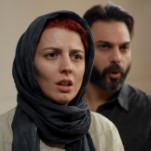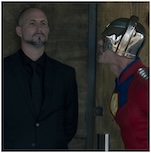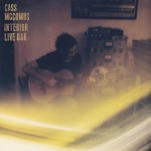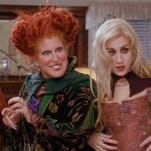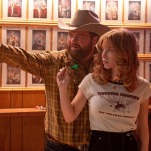Naomi Watts Can’t Save a Goodnight Mommy Remake Stripped of Suspense and Imagination
Photos via Amazon Prime Video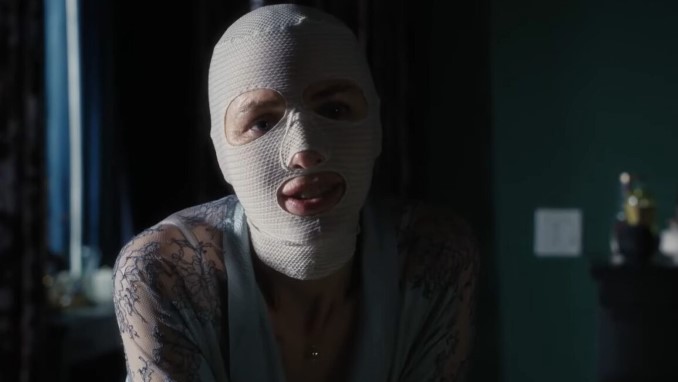
One would hope that the motivation for a filmmaker choosing to remake a critically acclaimed European horror movie would be a deep admiration for the piece of work he’s now adapting for an English-speaking audience. It’s something of a thankless task, because in embarking on such an endeavor, the filmmaker would have to know that questions of “Why did this need to be remade?” will already be an inevitable hurdle. The answer to that question—that American audiences are lazy, and that studios don’t think much of their ability to appreciate a film with subtitles—is the same that it’s always been. It’s a question that has long since been rendered pointless to genuinely debate. The more concerning topic, given something like Amazon’s new Goodnight Mommy remake, is “Did the director even like the original film?” And if he did, why would he choose to strip it of all the elements that made it so skin-crawlingly effective?
Whatever the reason, it’s this smoothing and simplification that ultimately undoes Amazon’s Goodnight Mommy, hitting the streaming service today as a Naomi Watts-starring remake of Veronika Franz and Severin Fiala’s nightmare-fueling 2014 Austrian film. New director Matt Sobel, by comparison—known primarily for the tense 2015 psychological family drama Take Me to the River—has preserved the broad beats and plot of the original, while abandoning any of the potentially unsavory elements that made the original film an anxiety-inducing watch. This story has been painstakingly and brutally shoved through the American cinematic food processor, mushed into pablum and carefully stripped of any texture that might offend the palate. It’s not attempting to thrill, or to frighten, unless those involved had a very low threshold of what the audience might find thrilling or frightening.
Goodnight Mommy is the story of a fractured family unit, which sees twin brothers Elias and Lucas being dropped off at a remote farmstead to spend an extended visit with their estranged mother. Mom, a seemingly faded former actress of some renown—one wonders how Watts felt about the implications of the casting—has recently undergone extensive cosmetic surgery on her entire face, necessitating strange, over-the-head bandages as she recovers, almost ski-mask like in appearance. This discomfiting visual, coupled with Mom’s strange changes in behavior and cold, distant disposition eventually lead the brothers to consider a terrifying possibility: What if the woman under the bandages isn’t their mother after all, but an imposter? It’s a powerfully simple premise that pits the realities and inherent power imbalance of adulthood against the imagination and perceptiveness of children.
In both versions of the film, this dynamic is used to explore questions of who we are, as opposed to who we present ourselves to be. The strange behaviors the boys see from their Mother—are these the telltale signs of an imposter? Or are they simply parts of their mother she had always managed to successfully hide in the past? Is her true identity literally that of a stranger, or has her “true self” simply been a stranger to them all along? These sorts of preserved themes are the strongest aspects of Kyle Warren’s screenplay, but it rapidly runs out of steam when it becomes apparent that the film fears to tread anywhere near the more transgressive territory of the original, as the brothers decide they must take matters into their own hands.
Put simply, this version of Goodnight Mommy is badly lacking in verve and conviction, sanitizing the film it’s remaking as it attempts to shy away from confronting its more genuinely disturbing elements. It’s an odd choice for what is being marketed as a scary horror film, released during the build-up to the Halloween season—why, for instance, did the production designers choose to make the mask so much less visually menacing this time around? Watts may be game to play a character of grey moral standing, whom the audience is meant to occasionally fear, but she’s being done no favors via something so seemingly small as costuming or makeup; Austrian actress Susanne Wuest got far greater mileage out of a detail so ultimately inconsequential as her bloodshot eyes. A viewer who has seen the original film can perhaps imagine why producers would be squeamish about following its plotting to a tee, but here we’re skimping on even the most basic of potentially fright-inducing elements. It’s as if the film, never bound for theaters, is attempting to keep a non-existent PG-13 rating intact, for reasons unknown.
-

-

-

-

-

-

-

-

-

-

-

-

-

-

-

-

-

-

-

-

-

-

-

-

-

-

-

-

-

-

-

-

-

-

-

-

-

-

-

-





